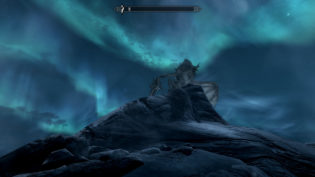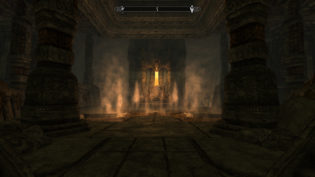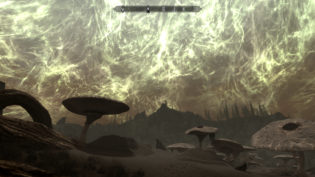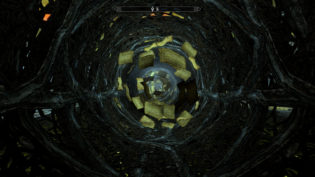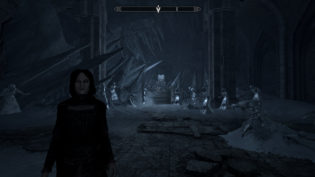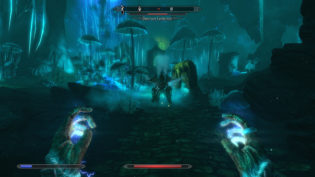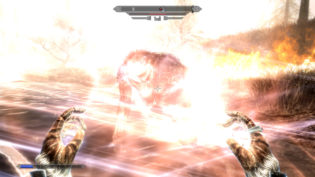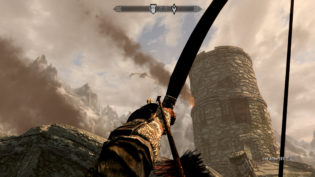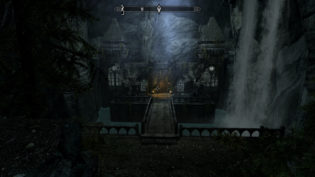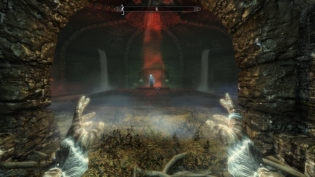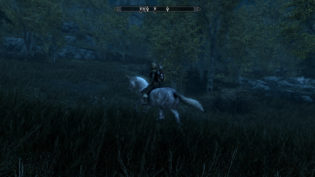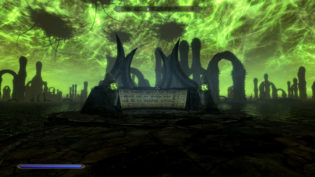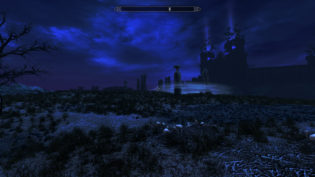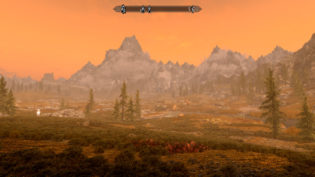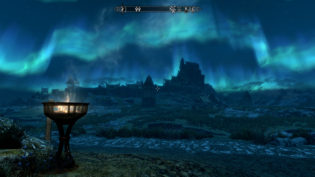Well, it’s been more than a decade since I’ve played The Elder Scrolls V: Skyrim originally and over 8 years since I’ve played the “Legendary Edition” with all of the official DLCs. The “Special Edition” has been released 2 years after that and last year, another 6 years later, the Anniversary Edition got announced and released. The amount of ports and re-releases of Skyrim has long since became a widely known joke… and yet, here I was playing Skyrim again, spending dozens upon dozens of hours on a game that I’ve completed twice before. A game that doesn’t have that much of a compelling storyline or involved and exciting mechanics. Why is it that Skyrim still has a strange addictive charm to it and its legacy is still felt through all of the open world titles released ever since?
Ever since Morrowind, The Elder Scrolls started breaking into the mass popularity away from the RPG niche so many huge role playing games were previously locked into. For how much I consider Oblivion boring, it became an even bigger hit and many still have fond memories of playing the game. And Skyrim? Well, there is a reason for all those ports and re-releases.
Borrowing a bunch of ideas from Fallout franchise that they’ve now owned and experienced with the development of Fallout 3, Bethesda reshuffled a lot of the core elements of TES to turn them from “interesting” to “addictively fun”. The “natural” learning of skills by just using them remained the focus, but now the list of said skills was streamlined and “Perks” were added to provide more tangible and fun variations on a skill, if you were willing to dedicate your character to it. Leveling up was no longer tied to specific skills you had to pre-select at the start of the game, meaning that your character was a “chameleon” and could switch the non-existing “classes” on the fly. Every skill was suddenly viable and useful based on how it feels best for the player. And even the automatic leveling of content (monsters and loot) was toned down severely to feel far more natural. No longer was a fight with some random wolves exactly the same 1 hour in and 100 hours in.
But the most impressive thing about the game, that can hook you even today, was the approach to the world and quest design. Sure, a lot of the storylines are very average and not particularly interesting, although I’d say that Skyrim has one of the better main storylines in a Bethesda game. But it wasn’t really about the story and not even as much about the world and the lore, even though those remained a strong point for the series. Rather, the whole world was turned into a neat “To Do” list that turns your playthrough into a never ending series of hooks. Locations are often placed just in the range of one another to provide you with the next possible point of interest. The addition of “Cleared” on dungeons means that the map itself is a To Do list as well, full of undiscovered tombs, ruins, caverns and dungeons with traps, quests and treasure. Many quests are designed to get you in the vicinity of other questlines and locations. If you like exploring game worlds, this game is impossible to stop playing.
Special Edition, and this was my first experience with it, has a few updates and changes of its own. Though mostly it’s just a collection of all official content released for the game, apart from the “Creator Club” things that I will talk about later. It does look nicer, even though it’s still very much based on a game from 2011 that even back then was in some ways visually outdated. Still, when it doesn’t have huge visual bugs (and it does), Skyrim can look very pretty.
The included previously released DLCs (Dawnguard, Hearthfire and Dragonborn) are weaker than the main game, but their presence is nice. When I first played it, I thought Dawnguard was really boring and quite pointless and upon replaying it I still feel the same. Its main quest line is not fun and full of bland locations, while the new mechanics for vampires and werewolves didn’t make using those powers any less obnoxious. Hearthfire is a cute idea that the studio would later expand into the main gimmick of Fallout 4, except here “building” houses is very limited and not very fun. But at least Dragonborn has a whole separate island to explore that both digs into the Morrowind nostalgy and also provides some new and fun quests and locations.
The paid mods, that Bethesda still doesn’t wish to call that, or the “Creations” on the Creation Club are, in many ways, tiny DLCs like the infamous horse armor from Oblivion, just sold separately from within the Bethesda’s infrastructure. And most of them are, honestly, quite pointless. And I know this now because the main point of the Anniversary Edition of the game is to add a bunch of those “creations” into the Special Edition of the game.
And yes, that’s all that the Anniversary Edition does – adds those paid mods and makes sure they work as part of the official game. To a degree. For one, they are still downloaded separately from the game, so when you first launch the game you will sit in the main menu waiting for all of the downloads and installations to happen. For another – a lot of these mods edit the geometry of the landscape, and they don’t always do that carefully. Meaning that there are even more easily found holes in the ground and rocks. That said, some of the mods add some fun (and often overpowered) weapons and more variety of offensive magic to the game. Also several extremely convenient houses that make all of the original game and Hearthfire content houses pointless.
The most unfortunate thing about The Elder Scrolls V: Skyrim, though, is that even in this Anniversary Edition, released so recently, the game remains very buggy. It’s huge and the amount of variance in it is incredible, sure. And yet, so many glaring issues have been fixed over the years by fans, while the game itself, in all of its re-releases, lacks all of those fixes. Most bizarrely, this Special Edition builds in the mod manager into the game, but enabling any mods turns off achievements. Despite the fact that the two most popular mods are the unofficial patch for the game, that actually fixes a lot of quests that are tied to the achievements, and the incredibly useful SkyUI interface that turns the messy UI of the game into very usable one for keyboard and mouse. So, while it is beneficial to use those, even in your first playthrough, you might also be wishing to get the achievements, which you can’t do if you use these. And the weirdest thing is that using console (even to turn on god mode) doesn’t disable achievements. I’m glad it doesn’t, by the way, as I had to use it to unblock a few quests. And to switch FOV to 90 because that’s another thing that should’ve been already in the options, but isn’t.
But despite this clear dismissal of important issues and bold decision to sell the same game with the same bugs over and over again, I’ve spent another 80 hours on it. And had fun. And had to stop myself, because there are other games I want to play. Because the game still can hook you so easily. It’s still the “one more turn” game of open world design – there’s always one more location to explore, one more quest to do, one more dragon to fight.


